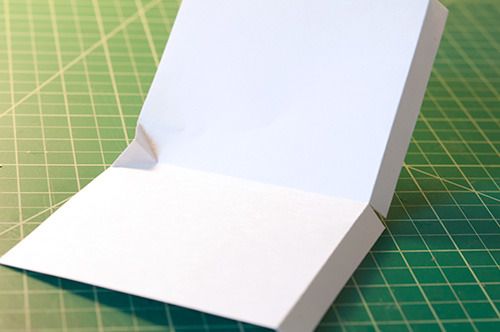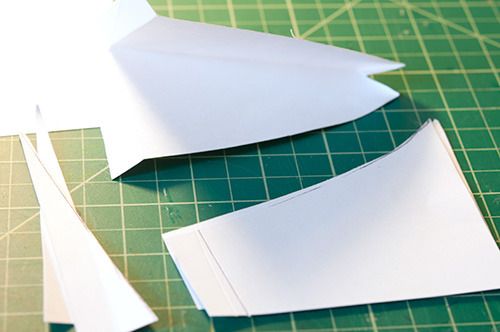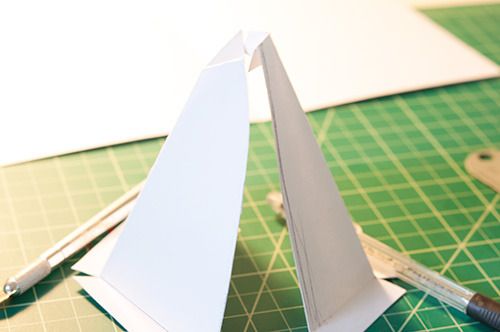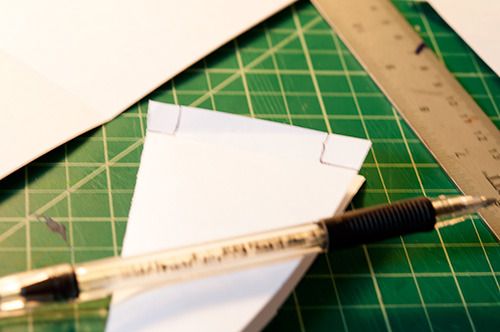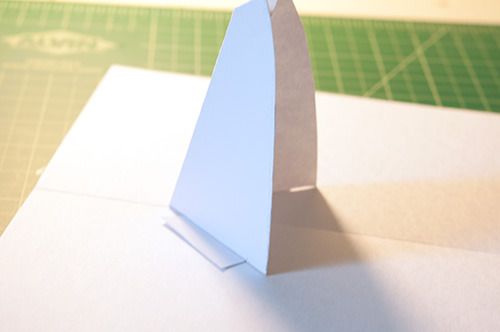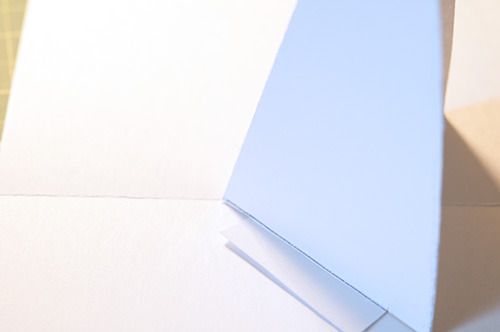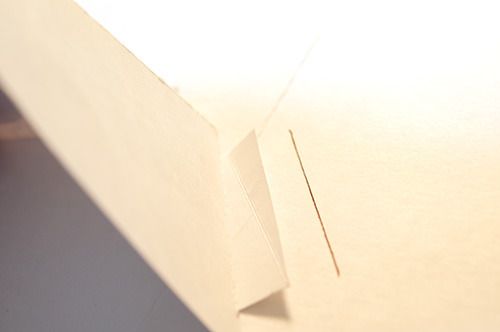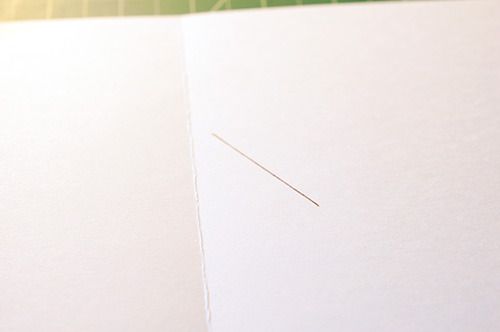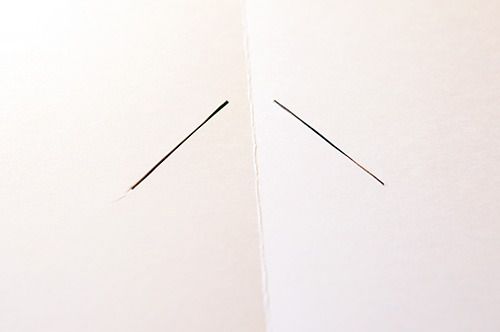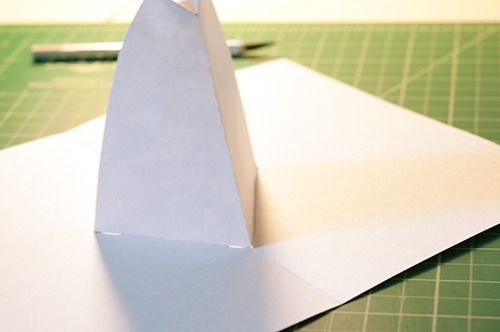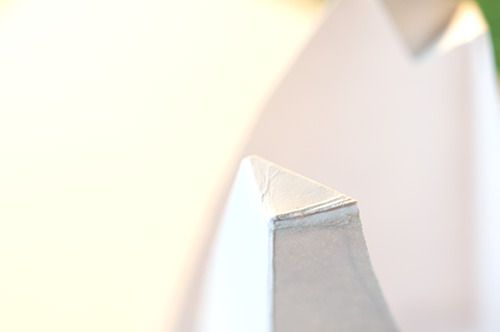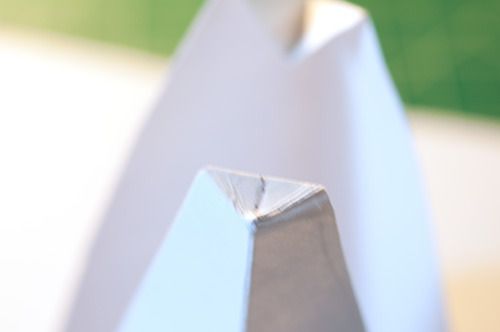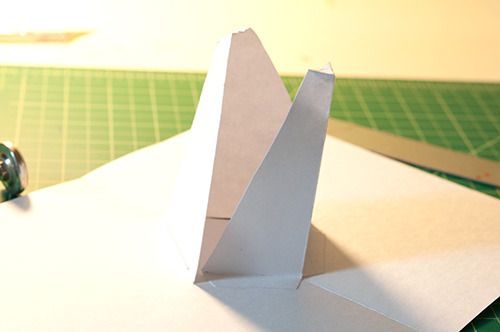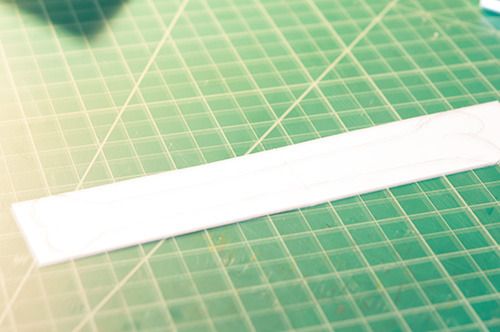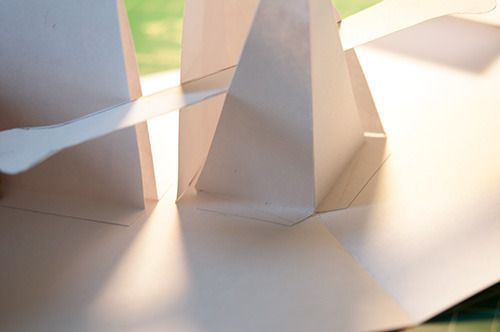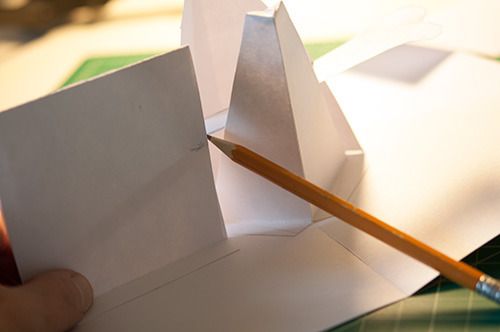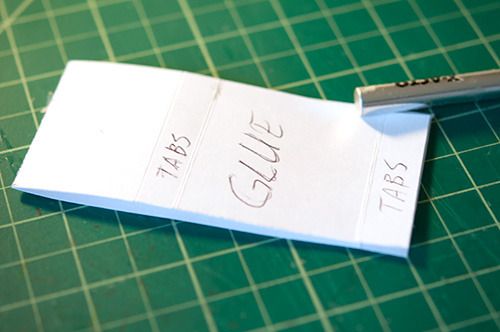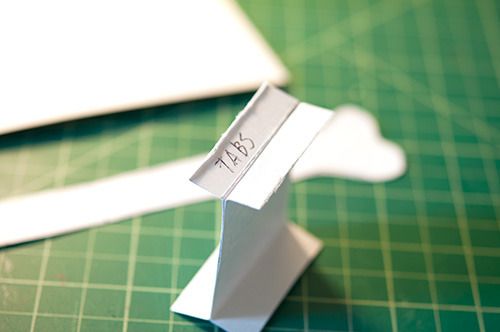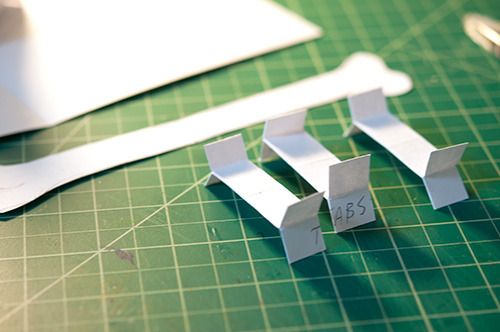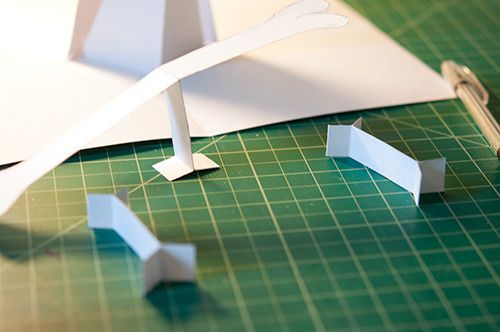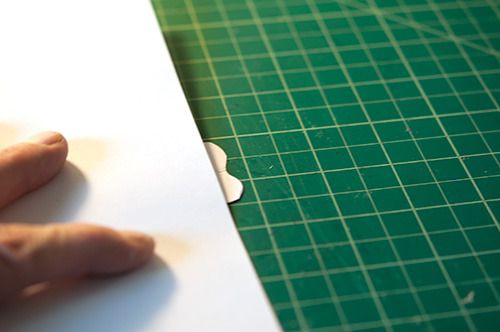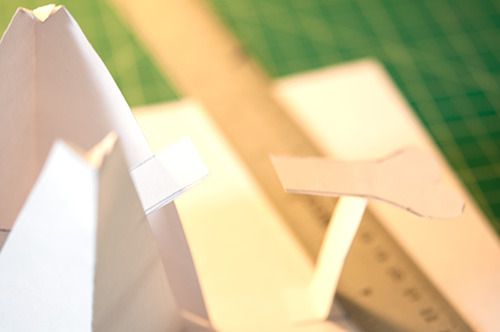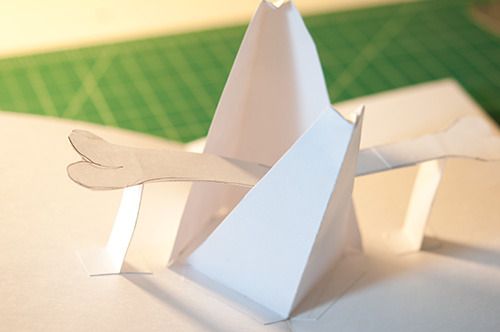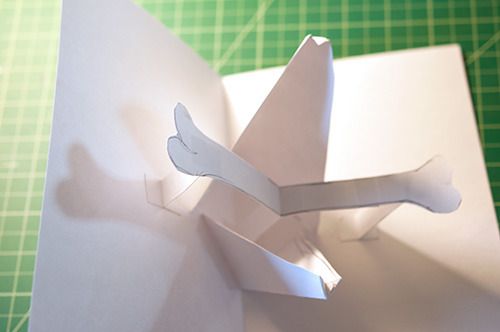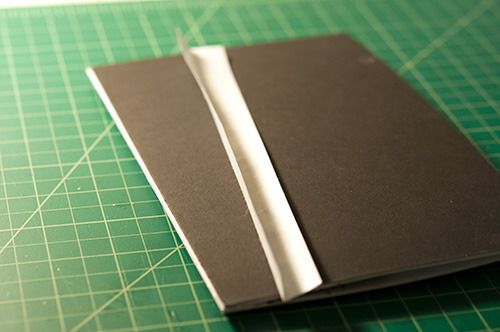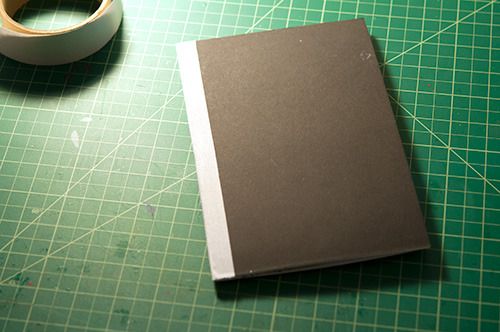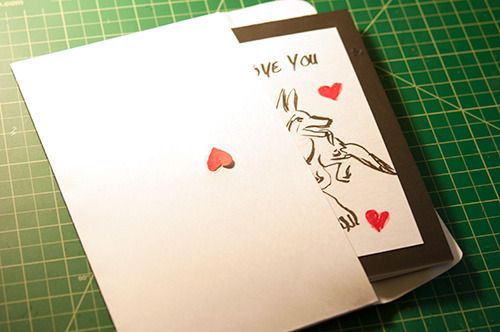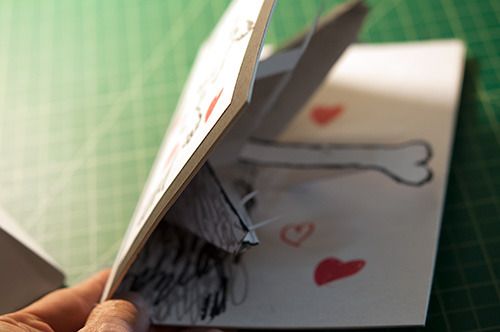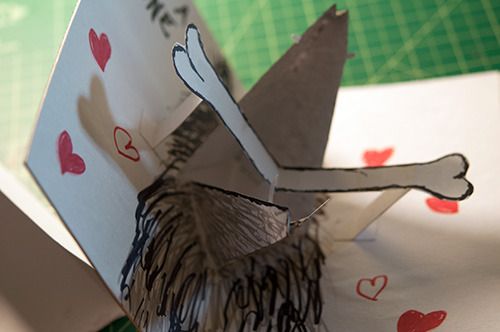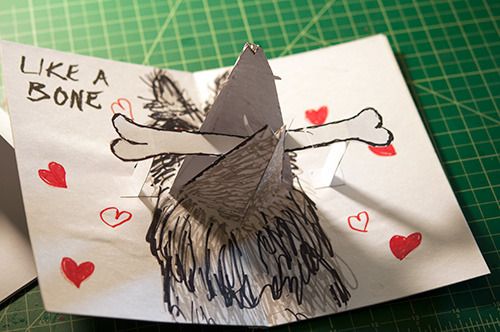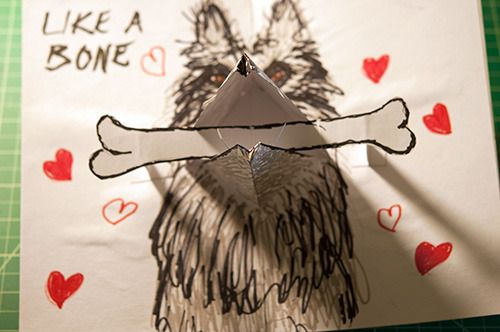I am enjoying the best bread available to mankind, literally a gift from the sky. Further, I am the only person in my city who bothers to access this wonderful bread. This is no idle brag, no, this is plainspoken fact.
Were there a simple sandwich contest held today the panel of judges would certify me winner immediately after taking their first bite. And all subsequent bites from other contestants would have them yearning for another of mine to recapture that moment of pleasure. Yes, I am alone in this city of 650,000 people who enjoys this very simple pleasure.
And that makes me feel guilty.
To atone for that nagging feeling of guilt I am required to share my ways. Then at least I gave it shot to free my fellow citizens in my time subjected to poor quality bread.
The reasons for this situation are many, too many to list. Chief among them industrialization, division of labor, convenience and low cost, but mostly due to being fooled into thinking the process too mysterious, too complicated, too difficult and impossible, a task best left to masters whose real interest is in keeping the industry going by fulfilling a contrived need. And by accepting the unchallenged situation we enter into unmentioned compromise and additional cost that is hidden, of quality and satisfaction and health, over time and through generations that disappear from our awareness. Because nothing remains of the original for the untaught to compare as they were born into world already corrupted and take that as natural state.
The ancients did this. And they didn’t know what they were doing. The ancients were as children today in this regard. They had no idea what made their magic. They didn’t have microscopes to see what is going on. They just went along with what worked. All that they knew was discovered by accident, by carelessness and by being basically rather lazy. Nevertheless the bread that they made was better than what we purchase today.
So we’ll approach this project as careless children both lazy and fun, playing with accident just goofing around. And we’ll end up producing real and original bread very easily that is better in every way than the bread that we buy.
The main ingredient is time. And no real effort to mention. It is time that makes all the difference in the world. Accept time as your chief ingredient and everything else comes from time. Time to collect an incredible culture, time for the culture to develop and grow, time to proof prepared loaves and time for fermentation to control the strength of the the bread’s flavor. Conversely it is time that commercial bread producers have eliminated because in business time means money and profit. Our interest is the best bread possible on earth, and not in efficiently making more money.
Let’s play, and you’ll see.
Step 1: Collecting the yeast culture. Yeast flies around carried wafted on air all over the place. It’s everywhere. Absolutely. It’s all over your furniture, in your hair, on you skin, in your eyeballs, breathed up your nose. In your water. In your pants. Under your arms, in your shoes. Wash it off with soap and it’s right back on you within minutes. And not just yeast, bacteria too. There is no escaping the yeast and bacteria, not at the earth’s poles, and not under the oceans. It is everywhere, particularly warm and moist places, it grows particularly well. It’s why some summer places are definite two shower a day towns. It endures unbelievable hardships that would kill you within seconds. And this makes collecting it in concentration quite easy. Easy as making mud.

The yeast and bacteria is already present on the wheat as it grew in the fields and it stays with the wheat right through milling to flour no matter the process it’s given. Bleached, or unbleached the organisms are not eradicated as you might imagine by opening a fresh bag of pure white flour.
The childsplay is to take a cereal bowl, add a rounded tablespoon of flour and enough water for a thin slurry and place the bowl outside so that the wind shoves unseen organisms into it.
Taking it outside is not even necessary as mentioned the organisms are already there on the flour. This brings even more into it and in very large numbers, so large that new ones join with the old ones. Some species will make war and take over, coalitions of organisms form that work together successfully while the weaker ones fall back. This wild and unruly combination of a very wide variety of organisms and the balance they strike becomes the particular yeast/bacteria culture unique to your place and it is evident by the way the bread dough behaves and how the baked bread tastes. Cities produce their own uniquely flavored bread.
Let it go while collecting. Forget that it’s there. The longer the better. Let it suffer. The more that it suffers the better. If it dries, add more water and mix back in the dried flakes. Allow rain to fall into it or snow, or sleet or hail. Twigs or leaves can be picked out later. Insect that drown can be picked out. Everything that touches your slurry will add to its character.
Bacteria is even associated with rain. We are taught that rain forms around microscopic dust particles high in the atmosphere. Science has shown that rain also condenses around bacteria that transpired from the ground. By leaving your culture collection outside in the rain then those microorganisms are included in your culture. Those will be the organisms that survived the hardships specific to your area. Along with what the wind shoved in from distant locations. The rain and the wind of your area will be part of your bread.
At this point, say, a very careless week or better yet two, all that we have is a foul bowl of flour and water sludge.
In terms of work on your part, there is none. Two minutes preparing a slurry.
Some websites will instruct you to cover your bowl with cheesecloth to keep out unwanted debris. In Hawaii I bought women’s pantyhose and cut off one the legs at the knees. Hawaii is very windy. That helps keep the project cleaner but it also keeps out useful things like bugs and debris and volcanic ash.
Step 2: Bring in the collection and use it to inoculate a clean yeast culture starter.
Prepare a new jar of slurry more this time the same way as the bowl for collecting. Make it a little bit thicker this time. About 1 cup total. A few level tablespoons of flour and enough water to make pancake batter viscosity. From your filthy stinking collection pick out anything too obviously nasty like bees, wasps, raccoon hair, twigs, leaves, feathers, bat poo, plastic shopping bag, paper, cigarette butts, black dots of dirt, soot, what have you. Use a mere 1 teaspoon of the awful mess and discard the rest, and add the teaspoon of cleaned up collection to the new jar of fresh clean slurry. Cover and forget about it for three days.
But who can forget? We’re children at play, our urgency is to peek and keep track.
At room temperature, within eight to twelve hours, overnight, you will notice the next day a few bubbles on the surface. Reliably so. And this is confirmation our play project is on track. There is no way to avoid this. As mentioned the flour already has it’s own organisms and you added an extreme concentration of new ones insanely wild in their ways.
The second day there will be many more bubbles than the first day. Again, reliably so. You will not be disappointed no matter how cold your room temperature. If your room is actually warm then it will take off faster. You have given what grows on your own body and makes your own self smell unpleasant the perfect environment to grow. This is assured. You live in a world rife with microscopic organisms and they thrive with or without your help.
On the third day the new cleaned collection may appear disappointing. The bubbles may have popped. What actually happened is your entire culture expanded. It may have thinned out by producing CO2 and alcohol. The alcohol may have thinned it and the new slurry may appear thinner and the bubbles pop on the surface. By the third day your culture is ready to use the same way as ordinary commercial single cell yeast that was isolated for being particularly gassy while remaining one-dimensional in flavor and character and with no bacteria to enhance it. Your culture is superior in every way save for speed by antipathy to time.
Use the whole jar or bowl of new cleaned up culture that’s been growing for three days and add it all to more flour and water to make dough for a loaf of bread. Except for tablespoon reserved to start your next loaf. Keep a small amount to grow again this same way. Keep it refrigerated to slow it. This is the most adult thing about the whole project, thinking about the future. If you fail, so what. You can do it again any time that you like. Summer, Fall, Winter or Spring, morning noon or night, you can do this again any time that you like. Over and over for the remainder of your years and wherever you happen to be.
I’ve never measured anything. Enough flour and water to fill a bread pan half way. Make the dough the same way the two slurries were made, flour and water again. This time a bit thicker for dough. You do not have to be careful about this. You do not have to knead it. You will notice, though, as you are stirring that the longer you go then the more stringy the thick mixture becomes. If you add enough flour then the mass forms into a ball. But it doesn’t have to. It can be thinner than that. Or it can be thicker and stiff. It really does not matter at all. And all this can be adjusted later to suit your preferences.
Some bakers use a wet dough and other use a stiff dough. Their results will differ, but that is no matter whatever you do will work.
At some point now you will have to add salt. Bread is blah without it. Salt is required for bread. Before proofing, after proofing, before or after fermentation. However salt must be added before a dough ball is shaped for a loaf, sometime, anytime before the bread is baked.
If you forget to add salt, don’t despair. You will know right away when you take the first bite. And salt can be sprinkled on each individual slice. I left out the salt many times. It’s just one of those things that I keep spacing out.
Allow the mixture to rise at room temperature. You can bake this immediately and your bread will be better than the bread that you buy. Noticeably different and better. Children today will prefer the sponge-like Wonder bread that they are used to because they think that is what bread should be. Modern children are not used to bread with actual character. However, if you cover your dough ball and place the bowl in the refrigerator then the proofing, the rising will slow down but not stop by the cold. And time will allow the bacteria inside to catch up with the yeast that is faster. The bread will ferment in the refrigerator. The longer the dough is refrigerated then the stronger your bread will taste. Three days will be a good amount of time to ferment. It is possible by successive generations and by extended fermentation to say, five days, for your bread to become too strong and too acidic to taste pleasant. It’s true, you can go too far with this and produce bread that is too strong flavored to enjoy as sandwiches or toast.
There is no trick. There is only returning to preindustrial age when we did not know what was going on. When time was not so valuable and labor not so specialized and commercial concerns not so grasping. Back to a time when civilization behaved more like children. Those ancestors of ours enjoyed much better bread. They would not recognize what we’re calling bread.
My duty is fulfilled. Whatever it’s worth to you, I can return to my personal enjoyment knowing I’m not keeping this extraordinary simple pleasure all to myself.




